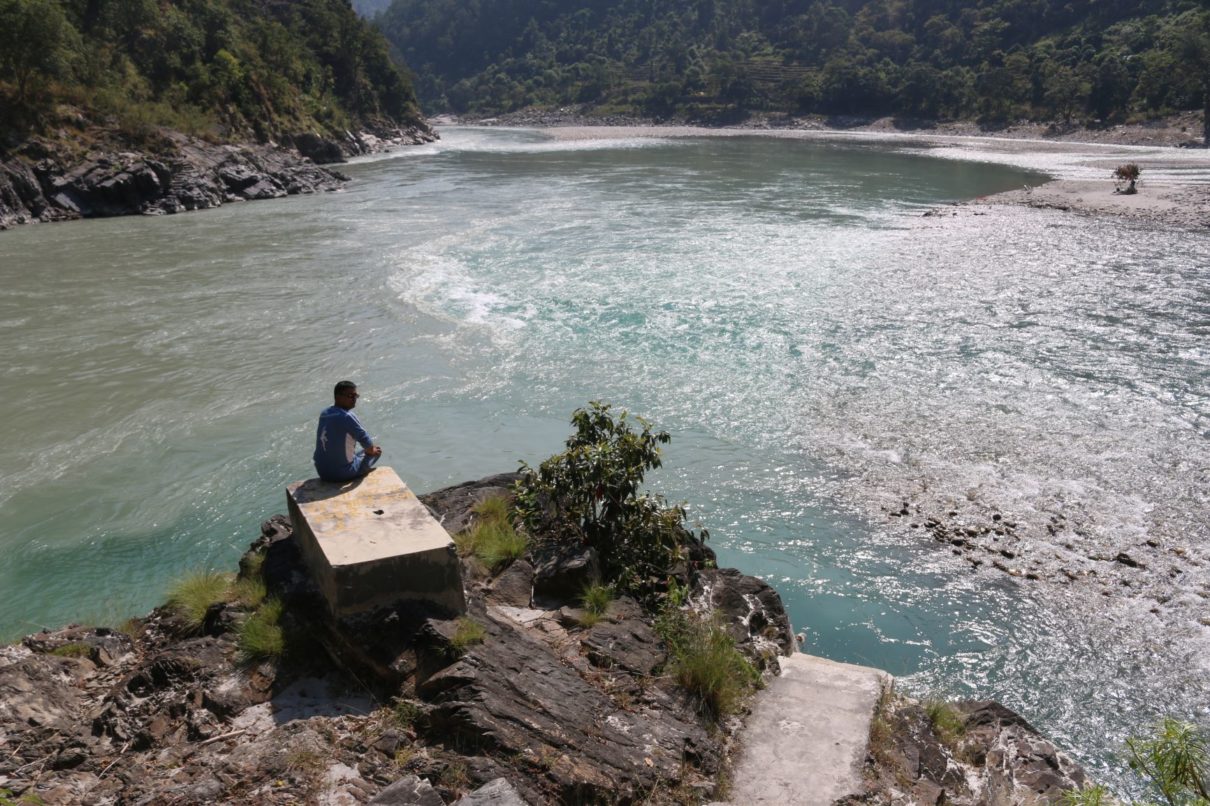Morel mushrooms are found in the wild in different parts of the world. They are said to be found in temperate climates near coniferous forests in various areas such as the USA, China, Bhutan, Pakistan, Afghanistan, Nepal, etc.
The months of March and April mark the season for foraging Morel mushrooms in Nepal, which are known locally as khoya chyau, guchi chyau, phuikhane chyau, and chhohada chyau within different communities. But what makes this mushroom so special, and what significance does it hold for Nepal? Well, it happens to be Nepal’s most highly exported wild edible mushroom. Due to its unique taste and texture, there is a substantial demand for morel mushrooms in the European market, making morel foraging a lucrative source of income for rural communities. Currently, Nepal exports approximately nine tons of these mushrooms annually. However, by implementing sustainable foraging practices, there is potential to greatly increase export. Morchella esculenta, the variety of Morels commonly found in Nepal, is known by various names: morel, common morel, true morel, morel mushroom, yellow morel, sponge morel, Molly Moocher, haystack, and dryland fish. It gets its various eccentric names due to its unique appearance—it looks like a honeycomb with hollow white insides. Morels have many health benefits. They are rich in vitamin-D, and also contain carbohydrates, proteins, vitamins, minerals, and organic acid while being low in cholesterol. They can be substituted for meat items in a diet as they are very nutrient dense and have been known to decrease cholesterol levels and give more energy. They are said to have tumor-inhibiting properties, and also have antioxidants that protect the body from free radicals which cause heart diseases, Parkinson’s disease, type 1 and type 2 diabetes etc. Morel mushrooms are highly prized for their unique flavor and meaty texture. It can be consumed fresh and dried as well. However, they cannot be eaten raw as they cause stomach cramps. The flavor of morels is valued highly in French cuisine, and there is a huge demand for morels in the European market. Morels are great with sauteed vegetables, or cooked in butter to be made into sauces for grilled meats and pastas. It’s also used as a pizza topping. Dried morels are best used in cooking risottos, or for making sauces. Their availability is often seasonal. While March to April is considered morel season, back in the day we used to call looking for morels ‘hunting’ but I have since learned that the correct term is ‘foraging’. These wild mushrooms are foraged from wooded areas during the spring months, while March to June is usually morel foraging season in Nepal. They typically grow in areas that have recently experienced forest fires, and are found in the springtime when temperatures begin to warm. Morels are typically found in temperate climates and can be found in a variety of habitats, including wooded areas, grasslands, and even in urban areas. A study done in 2019 by Nepali scientists found that in Nepal morel foraging is mostly done in the far western region. The foragers take months to forage morels, dry them and sell them to local shopkeepers who then sell them at regional markets. These morels are then exported via Nepalgunj and Mahendranagar routes to other countries. The foragers have to sell them at a meager price compared to what the mushrooms fetch in international markets. Due to its versatility, these morels fetch a high price in international markets. It is reasonable to assume that foragers who do much of the hard work must be given a fair price. If you are interested in foraging for morels in Nepal, it’s important to be aware of the local regulations and laws related to foraging. You may also want to consult local experts or experienced foragers to learn more about where to look for morels and how to identify them. It’s also important to take precautions when foraging for mushrooms, as some varieties can be poisonous or have adverse effects if consumed in large quantities. Always be sure to properly identify the mushrooms you collect and only consume those that are safe for consumption. We have been hearing time and again of families dying of poisoning caused by consuming poisonous mushrooms. This creates a precarious situation where foraging for mushrooms requires expertise in land and plants as well. Foraging for any type of mushroom can be dangerous, so people who forage have to be able to distinguish between edible and non-edible mushrooms. Overall, morel foraging can be a fun and rewarding activity, but it’s important to approach it with caution. It can be dangerous if overexploitation leads to unsustainable practices and turns harmful to the environment. The practice of morel foraging in Nepal has not had a significant environmental impact, unlike in China, where Morel exports have nearly quadrupled in recent years. Indian media outlets have criticized the Chinese, alleging them of cultivating and selling morels as ‘wild’ mushrooms. However, the viability of these claims remains uncertain. Nonetheless, we can raise concerns regarding the sustainability of this process. Shifting homewards, the potential of these mushrooms for the benefit of Nepal’s economy has often been overlooked. Nepal is home to more than 22,200 Community Forestry Users Groups, which have primarily focused on timber production. However, there is an opportunity to shift their attention toward Non-Timber Forest Products (NTFPs), including foraging for Morel mushrooms. This shift in focus can serve as a pathway to prosperity, opening up new avenues for sustainable livelihoods and economic growth.











